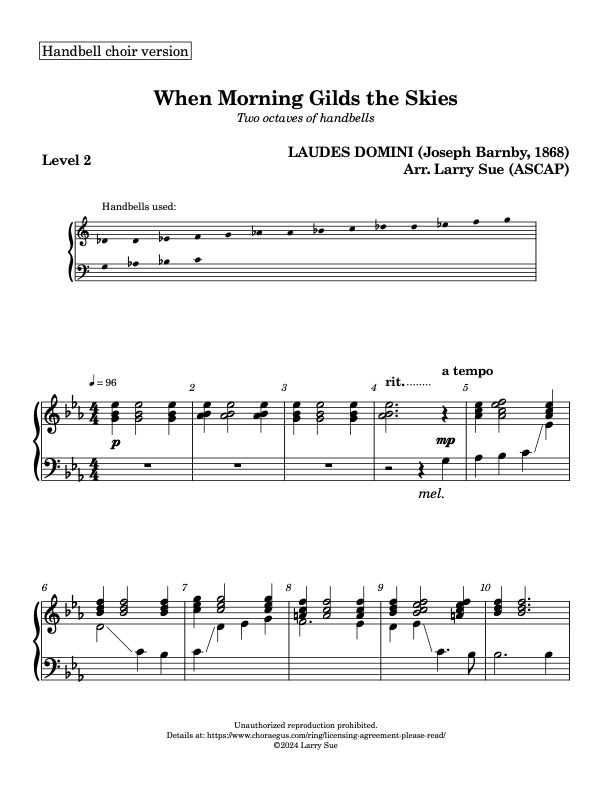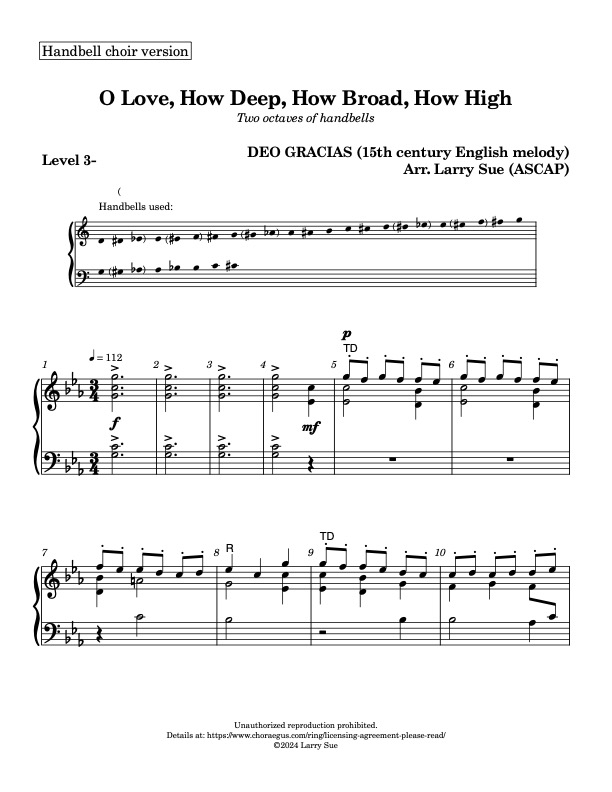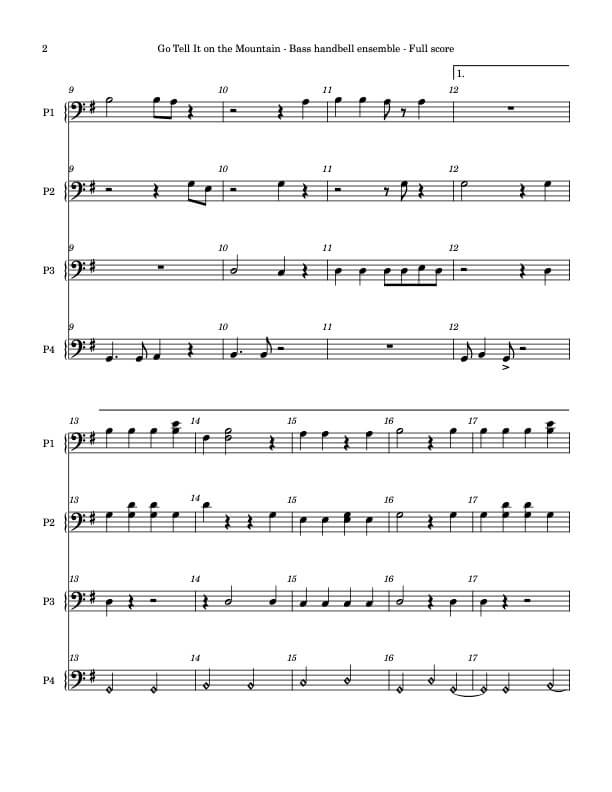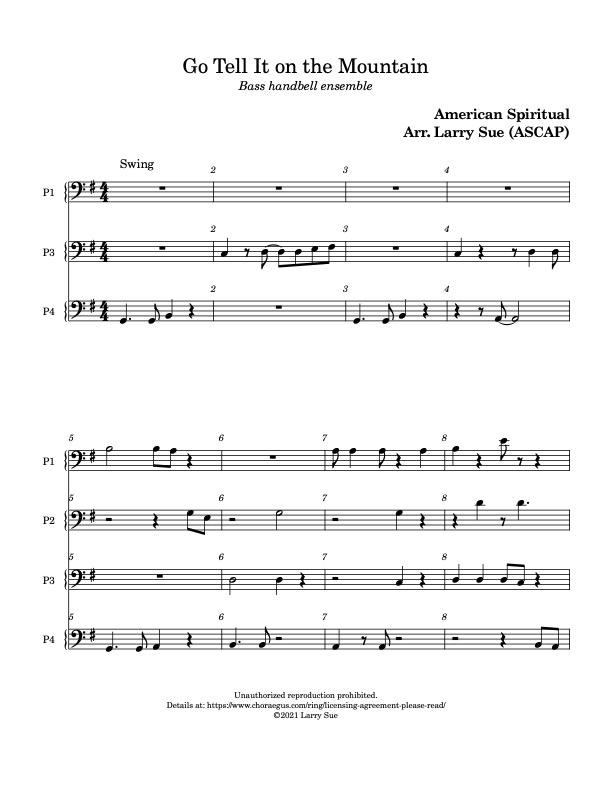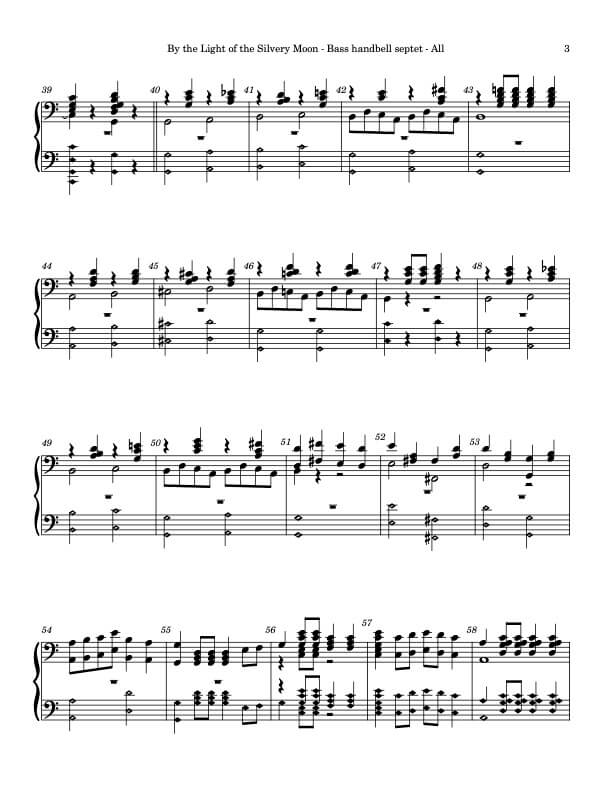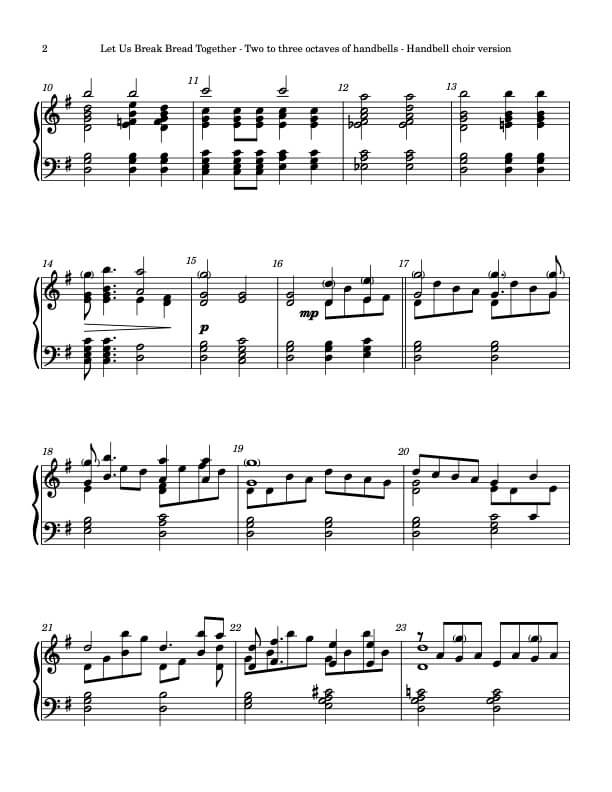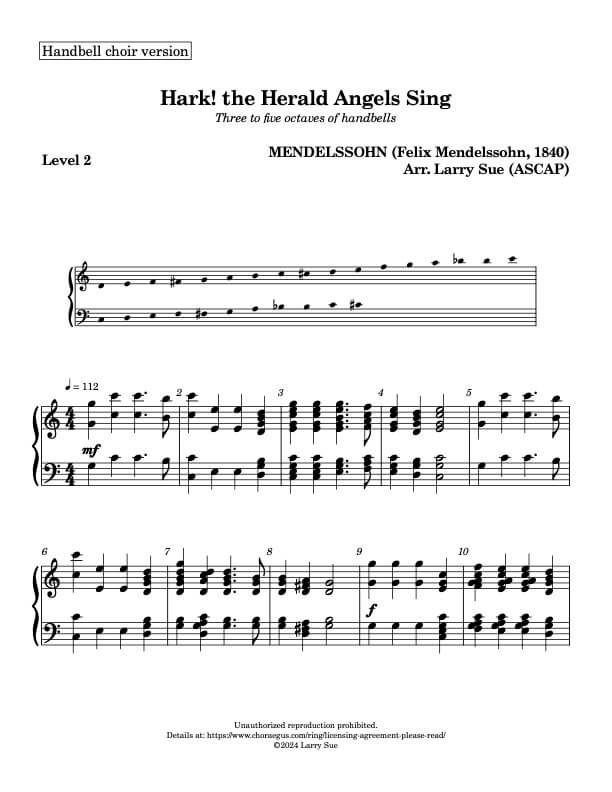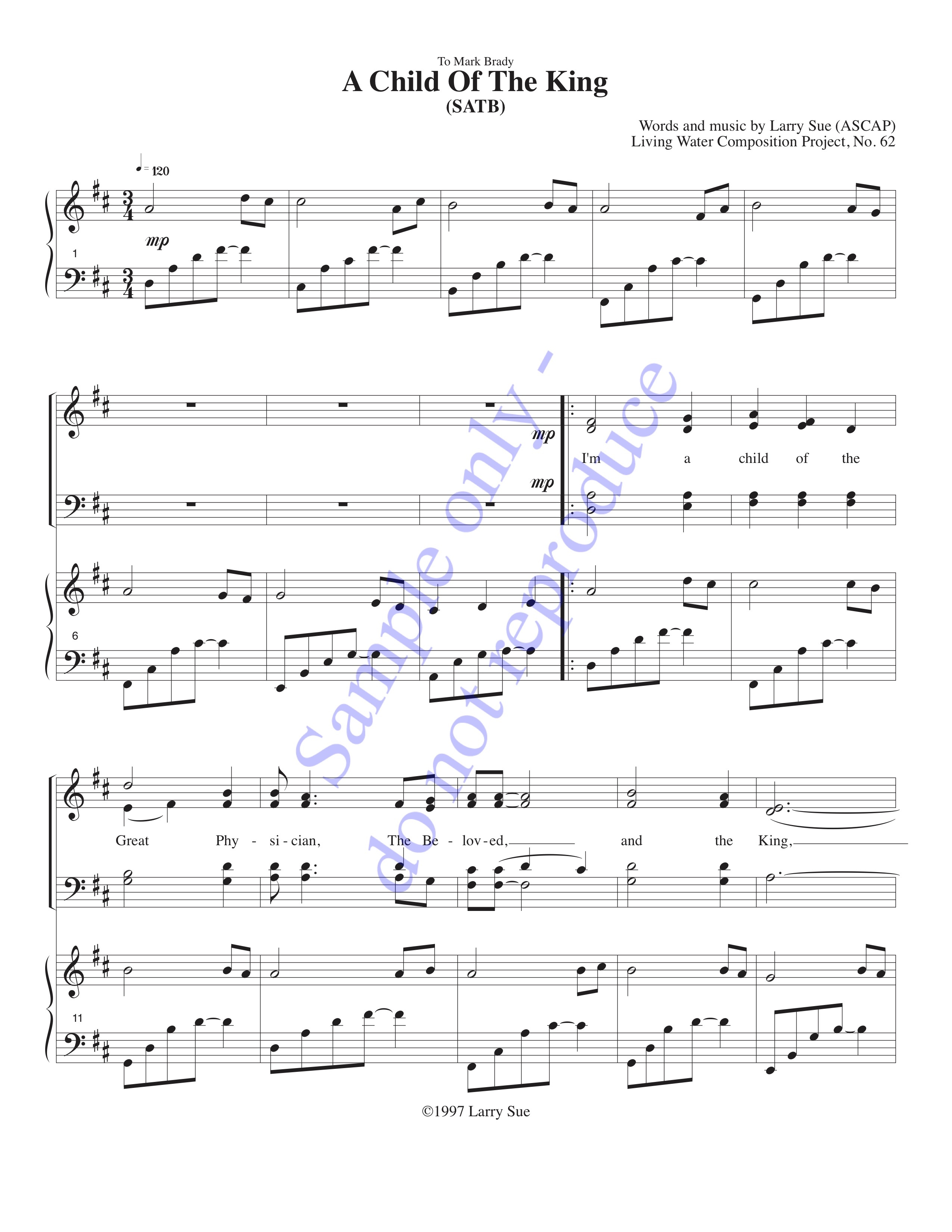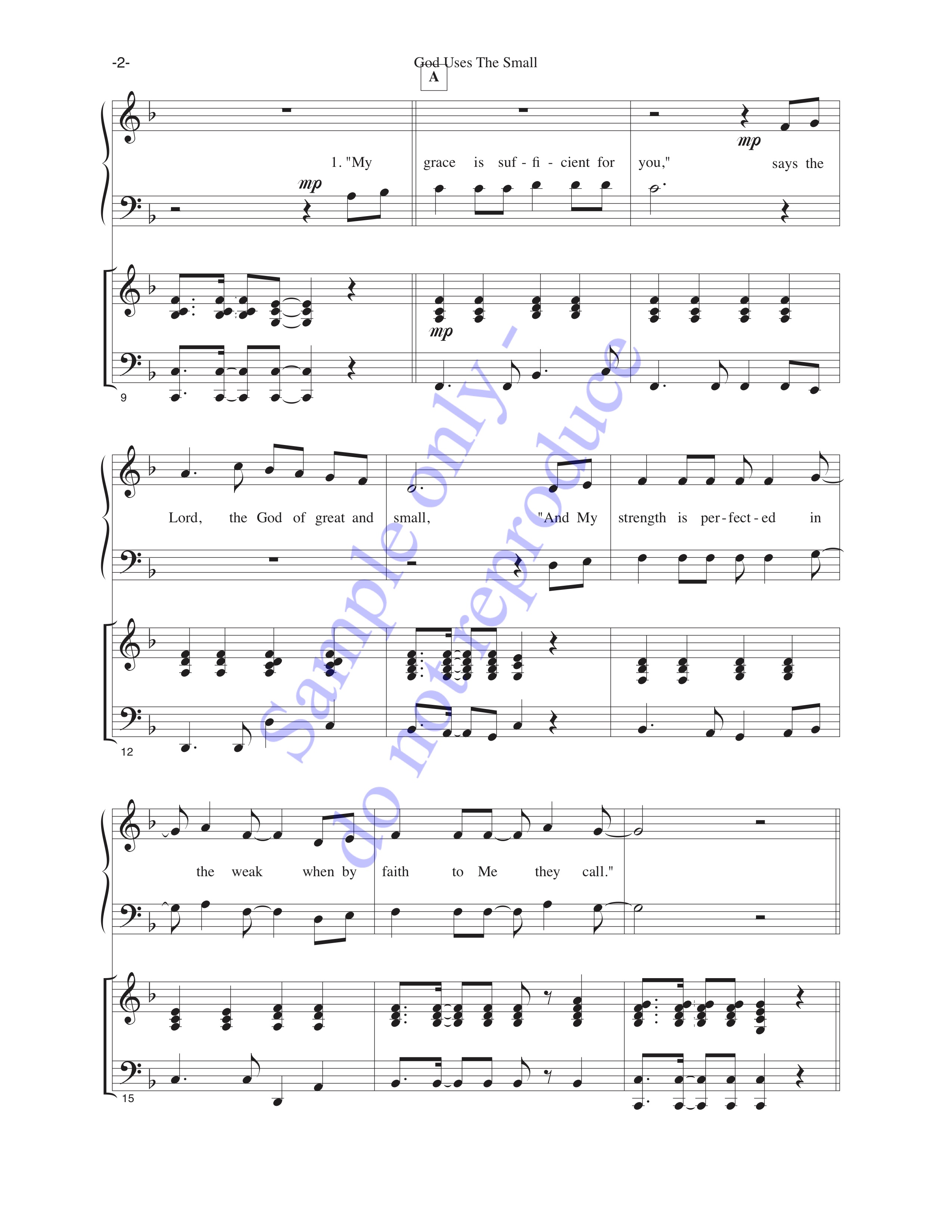LDZ (Low Ding Zone) has been going through a lot of changes over the past two seasons. One of the huge ones is the way we’re writing our scores. This is exceedingly important to us – there really isn’t any repertoire for an all-bass handbell ensemble to play!
True, we’ve tried dropping existing music an octave, but this works only up to a point. The biggest problem to solve is who plays what, when. One challenge that has to be met, for instance, is any medium-tempo-or-faster scales: With treble bells, you can often four-in-hand them, but when you move everything downward, weight and size have a huge effect. Some solutions we’ve tried are:
- Playing four-in-hand/Shelley as low as the lower fourth-octave, and occasionally the lower fifth-octave, bells. LDZ members have come to think of “Shelley with 4s” as not just normal, but practical. Funny… there are still some workshop teachers who claim that this impossible or silly below, say, G4.
- Creating snaggletoothed assignments to spread the load. A simple example that works well for the standard bass tandem is “lines and spaces”. That means one player takes all the “line” notes – therefore, every other one – and the other takes all the “space” notes. We’ve also used the same rotation-distribution approach for three or more ringers.
- Use mallets. Some people think of this as cheating when it’s an all-bass ensemble. After all, anyone can mallet bells, right? 😀
I’ve been converting our music so that each part is in its own PDF, often with a second line of music to show the combination of several parts that share a line or pattern. The BUCs have mutated as well, with solid-headed pitches indicating bells that aren’t shared, and open-headed ones indicating bells that are. It’s been a learning experience.
Anyway, I’ve been working on Spiritual Boogie. It’s an arrangement of three spirituals (Swing Low, Sweet Chariot; When the Saints Come Marching In; and This Train is Bound for Glory) with an underlying boogie line. It was the first piece LDZ ever learned, and given the situational parameters, it was a bear to perfect even with six very adept bass ringers. The original form involved changing positions during the piece, and memorization, too, since we couldn’t drag our scores around with us.
The main thing I’ve been trying to change is the layout. Originally, we had the chimes in the middle of the table, but that made for some horrific resetting because every other piece was laid out “bells left, chimes right.” I wanted to get Boogie to work with that layout instead.
This has meant taxing the patience of the group members as they’ve tried new parts – something like four iterations in the last two months – all without complete success… until this one. Yeah, right… we’ll see!
Anyhow, the “latest final version” is ready to go, and we’ll test it at Sunday’s rehearsal. Hopefully, it’ll work!


